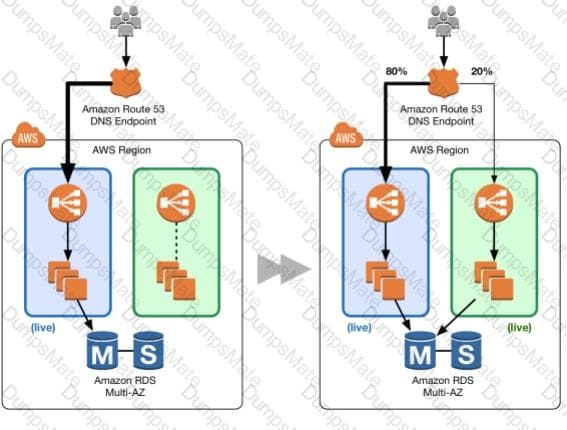
24/7 Customer Support
DumpsMate's team of experts is always available to respond your queries on exam preparation. Get professional answers on any topic of the certification syllabus. Our experts will thoroughly satisfy you.
Site Secure

TESTED 16 Dec 2025

 C:\Users\wk\Desktop\mudassar\Untitled.jpg
C:\Users\wk\Desktop\mudassar\Untitled.jpg